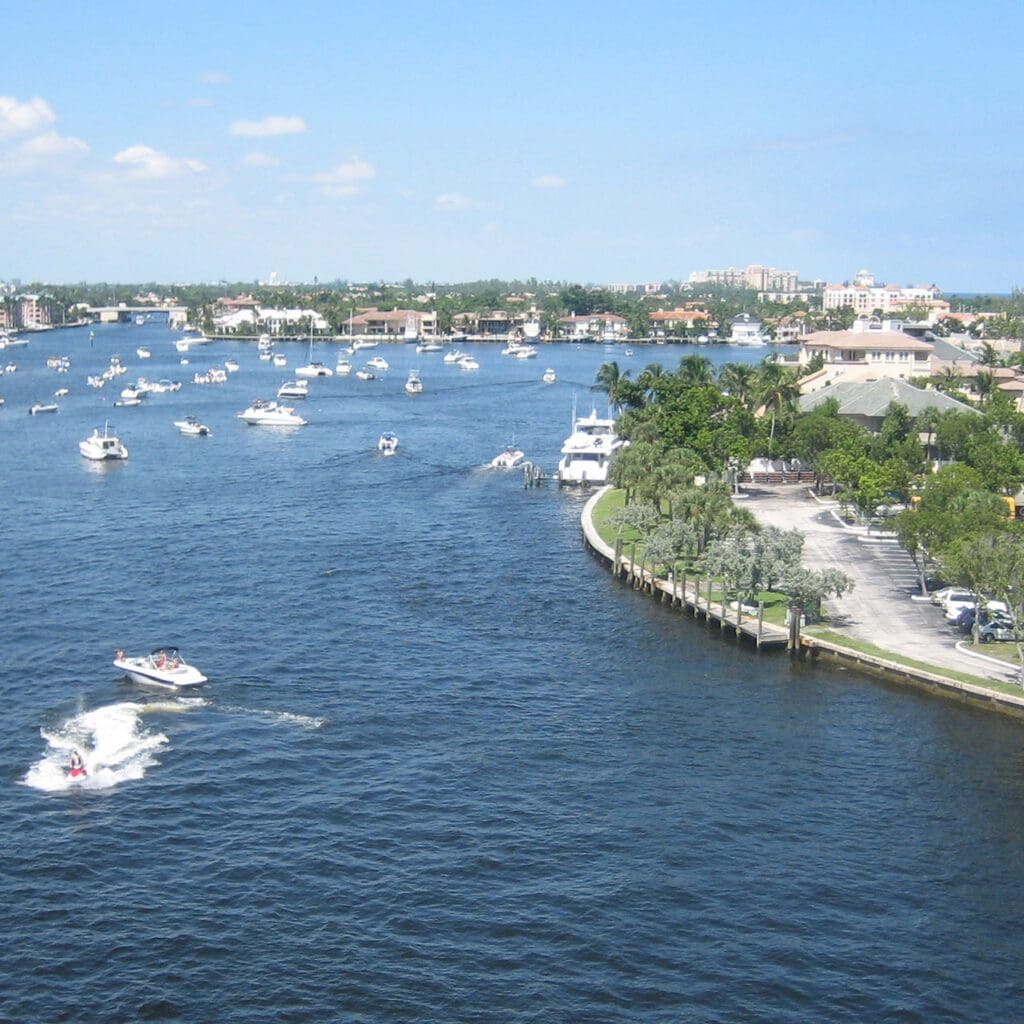The Raw Sewage Reef off the coast of Boca Raton, Florida, is an infamous and controversial environmental story that revolves around a reef being unintentionally created by the discharge of untreated or partially treated sewage into the ocean. The reef’s origins go back to the 1970s and 1980s when the city of Boca Raton, struggling with waste management and sewage disposal issues, made a decision that would end up having lasting environmental consequences.
In the 1970s, as population growth in Boca Raton increased, the city faced mounting pressure to expand its sewage treatment systems. To manage the growing waste, the city opted to discharge treated effluent—water that had been filtered and cleaned to a certain extent—directly into the ocean via a pipeline off the coast. However, over time, the system’s capacity was unable to keep up with the demand, and some of the sewage was improperly treated or even left untreated, leading to the inadvertent release of raw sewage into the ocean.
The sewage was discharged into an area near the Boca Raton Inlet, which became known as the Raw Sewage Reef due to the thick layer of waste that accumulated on the seafloor. Over time, marine life began to colonize the area, and some forms of coral and other marine species started to grow on the reef created by this sewage discharge. While this may have led to the development of some sort of artificial habitat for marine creatures, the environmental toll was severe. The combination of untreated sewage and the presence of high levels of nutrients from the waste led to pollution, eutrophication (the depletion of oxygen in water), and the destruction of natural habitats in the surrounding areas.
By the late 1980s, it became clear that the impact of sewage dumping was detrimental to the marine ecosystem, including nearby coral reefs. The water quality in the area deteriorated, fish populations were affected, and the reef that was supposed to have provided a habitat became more of a toxic dump. The discharge of raw sewage violated numerous environmental regulations, and local environmentalists and concerned citizens pushed for action. In the face of mounting public pressure and growing awareness of the damage, the city eventually stopped discharging untreated sewage and invested in upgrading its treatment facilities.
In the years that followed, there have been significant efforts to clean up the area and restore the health of the local ecosystem. The creation of marine protected areas, efforts to reduce pollution, and increased regulation of wastewater disposal have helped improve water quality off the coast of Boca Raton. However, the story of the Raw Sewage Reef stands as a cautionary tale about the dangers of improper waste management and the long-term environmental consequences that can arise when human activity and natural ecosystems intersect in harmful ways.
While some of the damage to marine life and habitats has been mitigated, the legacy of the Raw Sewage Reef is still a reminder of the critical importance of maintaining sustainable practices when it comes to waste disposal, and the need for careful consideration of how human actions can impact the delicate balance of marine ecosystems.
Members of Out Scuba dive the area today, with no evidence of the pollution that caused the damage except the old pipe leading towards shore. The difference between this patch reef and the surrounding reefs is obvious, however. While mother nature tries to remediate the damage, it’s an obvious call for LGBTQIA+ scuba divers to pay attention to what is going on in their local governments and to advocate for not making the same mistakes twice.
#gayscuba #oceanconservation #reefawareness #lgbtqscuba #gayscubaclub #oceannerd #lgbtqscubaclub #rawsewagereef #bocainlet

